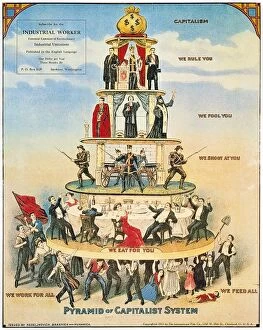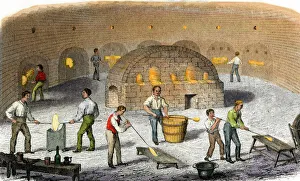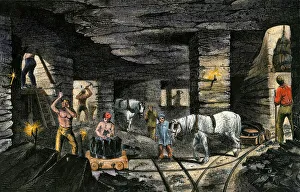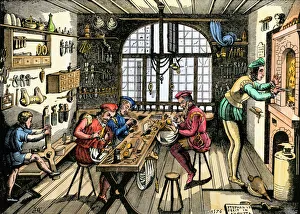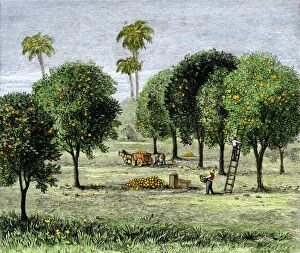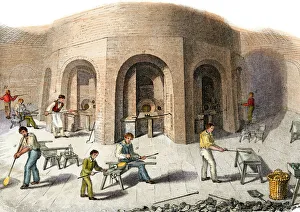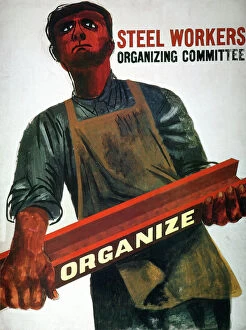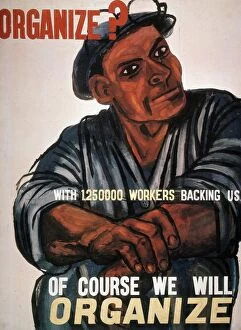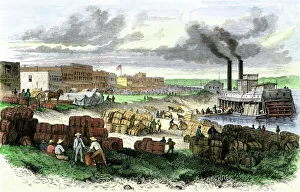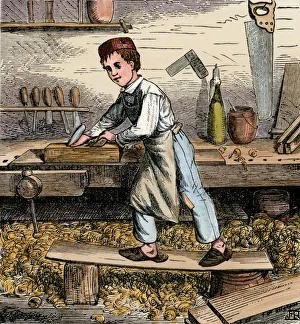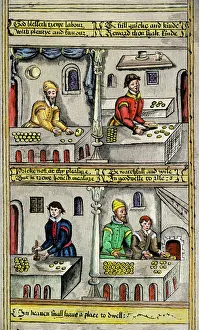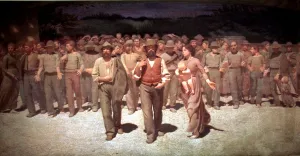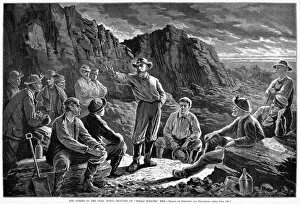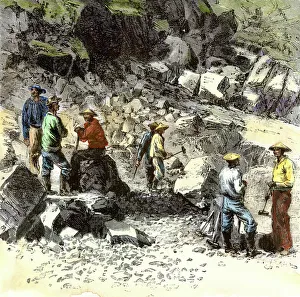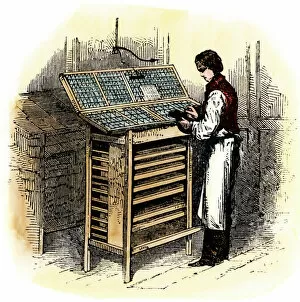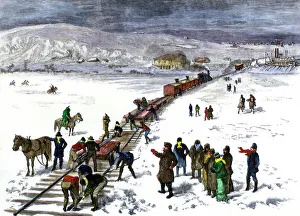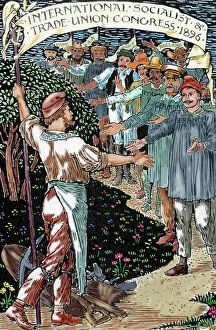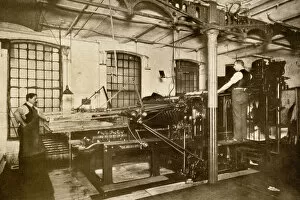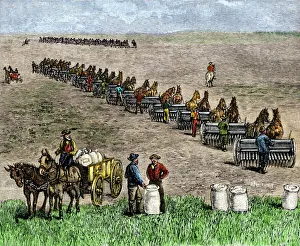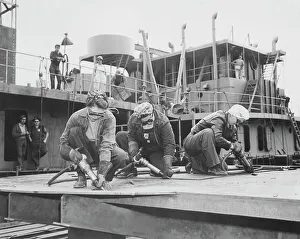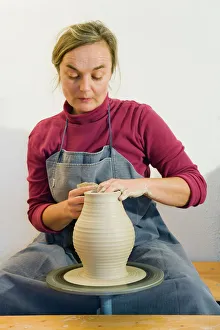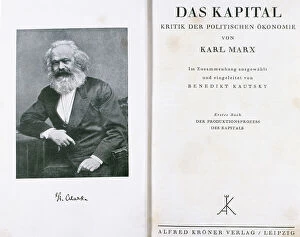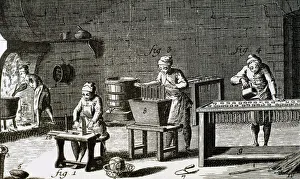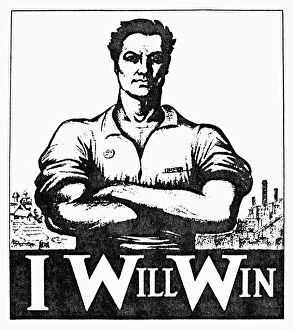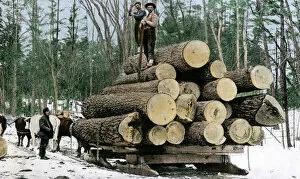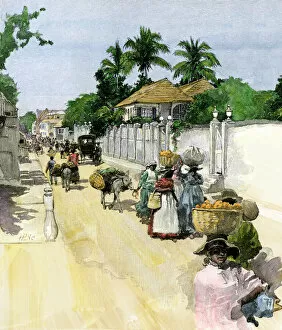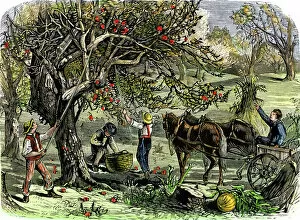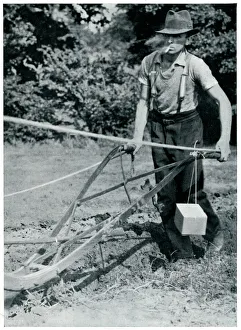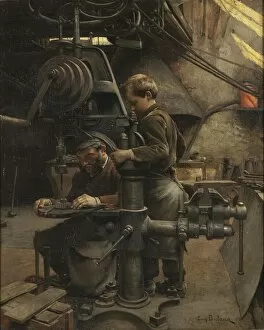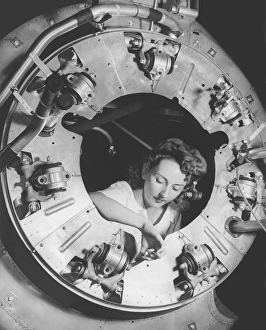Labor Collection
"Labor: The Backbone of Progress and Equality" In the intricate tapestry of history
All Professionally Made to Order for Quick Shipping
"Labor: The Backbone of Progress and Equality" In the intricate tapestry of history, labor stands as a powerful force that has shaped societies and challenged oppressive systems. From the depths of coal mines in 1850s England to the glass factories of Britain in the 1800s, workers have tirelessly toiled, often under harsh conditions, fueling industrial revolutions. The capitalist pyramid loomed large over America in 1911, but it was met with resistance. American Socialist posters boldly called for solidarity among workers, reminding them that their collective strength could dismantle this unjust hierarchy. Similarly, the Labour Party poster from 1910 defiantly confronted the House of Lords' rejection of the Peoples Budget – a testament to how they are challenge entrenched power structures. Through organizing and unity, change becomes possible. Ben Shahn's original oil painting from the late 1930s depicts this sentiment vividly; with an astounding backing of 1, 250, 000 workers behind them, there is no doubt that they will organize for justice. Labor encompasses various trades throughout history; from medieval goldsmiths crafting intricate masterpieces to apprentice carpenters honing their skills through dedication and hard work. Each profession contributes its unique value to society's progress. However, we must also acknowledge darker chapters where labor was exploited mercilessly. The image of black slaves on sugar plantations serves as a stark reminder of humanity's capacity for cruelty and oppression. Yet amidst these struggles emerges hope and resilience. Giuseppe Pelliza da Volpedo's artwork titled "The Fourth State" captures both despair and determination as workers demand fair treatment and social equality. Steel Workers Organizing Committee by Ben Shahn encapsulates another pivotal moment in labor history during the late 1930s when steelworkers fought against exploitation within their industry. This powerful painting symbolizes their unwavering resolve to improve working conditions for themselves and future generations. As we reflect upon these historical snapshots, we recognize that labor is not just a means to an end.

